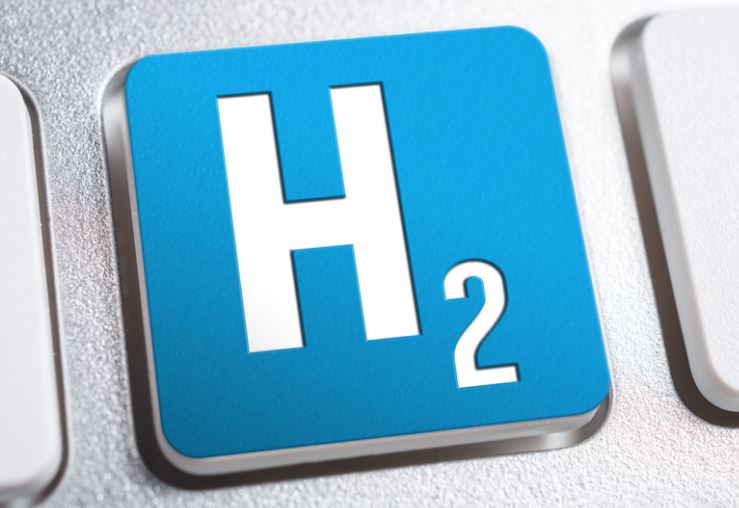Japan, the United States, and Canada have unveiled ambitious national hydrogen strategies, signaling a significant shift towards decarbonization.
Japan’s early adoption of hydrogen technology positions it as a frontrunner in the global transition to clean energy. With a target of 12 million tonnes of low-carbon hydrogen by 2040, Japan aims to lead in fuel cell technology and industrial decarbonization. However, challenges such as infrastructure development and cost reduction loom large.
The Inflation Reduction Act (IRA) in the US marks a pivotal moment with substantial funding for low-carbon hydrogen production. The National Clean Hydrogen Strategy sets ambitious targets, backed by USD1 billion in regional hydrogen hubs. While the incentives are unprecedented, compliance requirements and industry criticisms pose challenges.
Canada’s Hydrogen Strategy outlines a phased approach to develop its hydrogen economy, emphasizing domestic market growth and establishing a competitive export market. With abundant clean energy resources and infrastructure, Canada aims to become a key player in the global hydrogen market. However, realizing this vision requires substantial investment and coordination.
Both Japan and Canada have committed significant funding to support hydrogen initiatives. Japan’s investment of JPY3 trillion and Canada’s CAD8 billion Net Zero Accelerator demonstrate a strong commitment to decarbonization. However, the effectiveness of these investments will depend on their alignment with long-term sustainability goals.
The national hydrogen strategies of Japan, the US, and Canada signal a collective commitment to decarbonization and the transition to clean energy.





